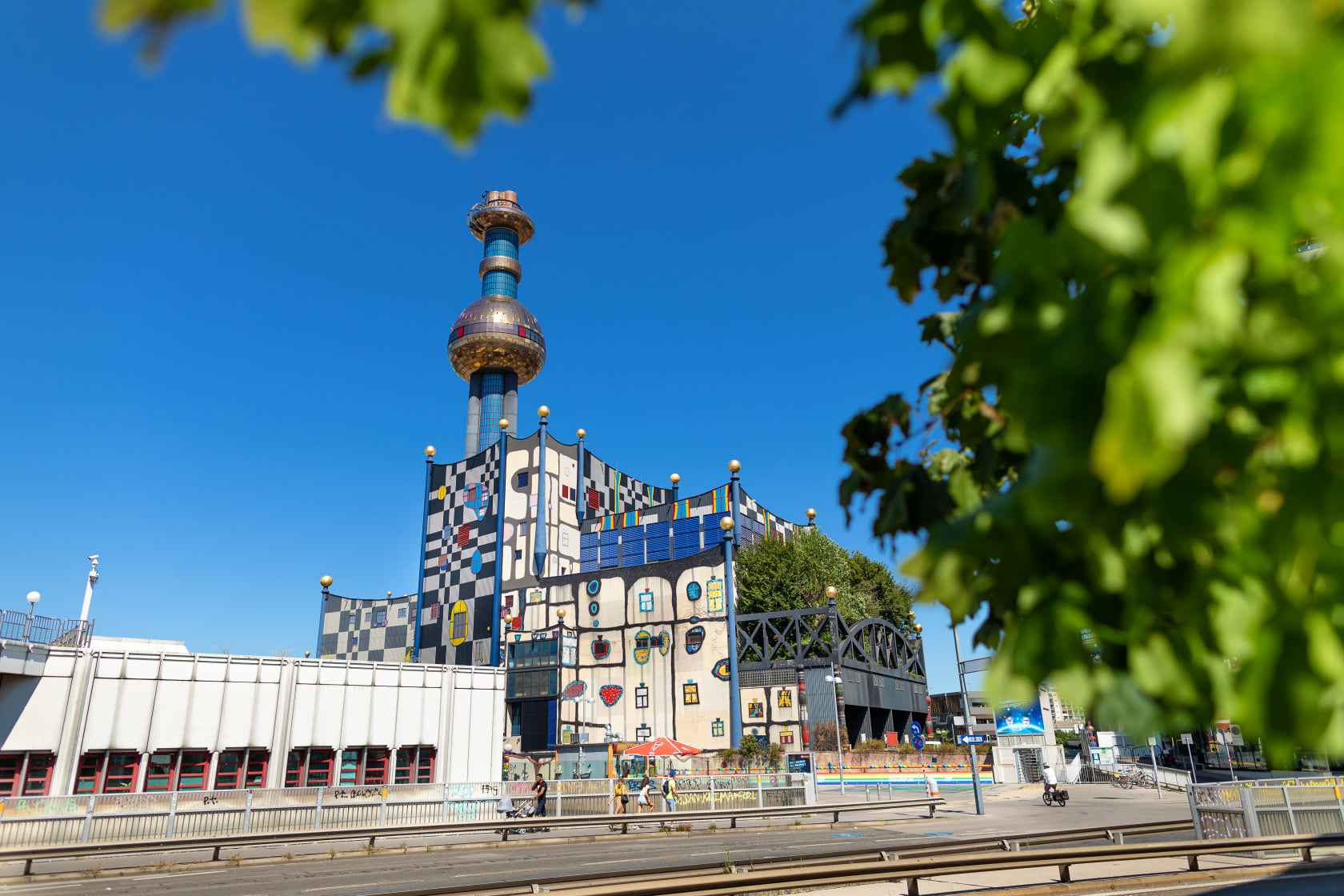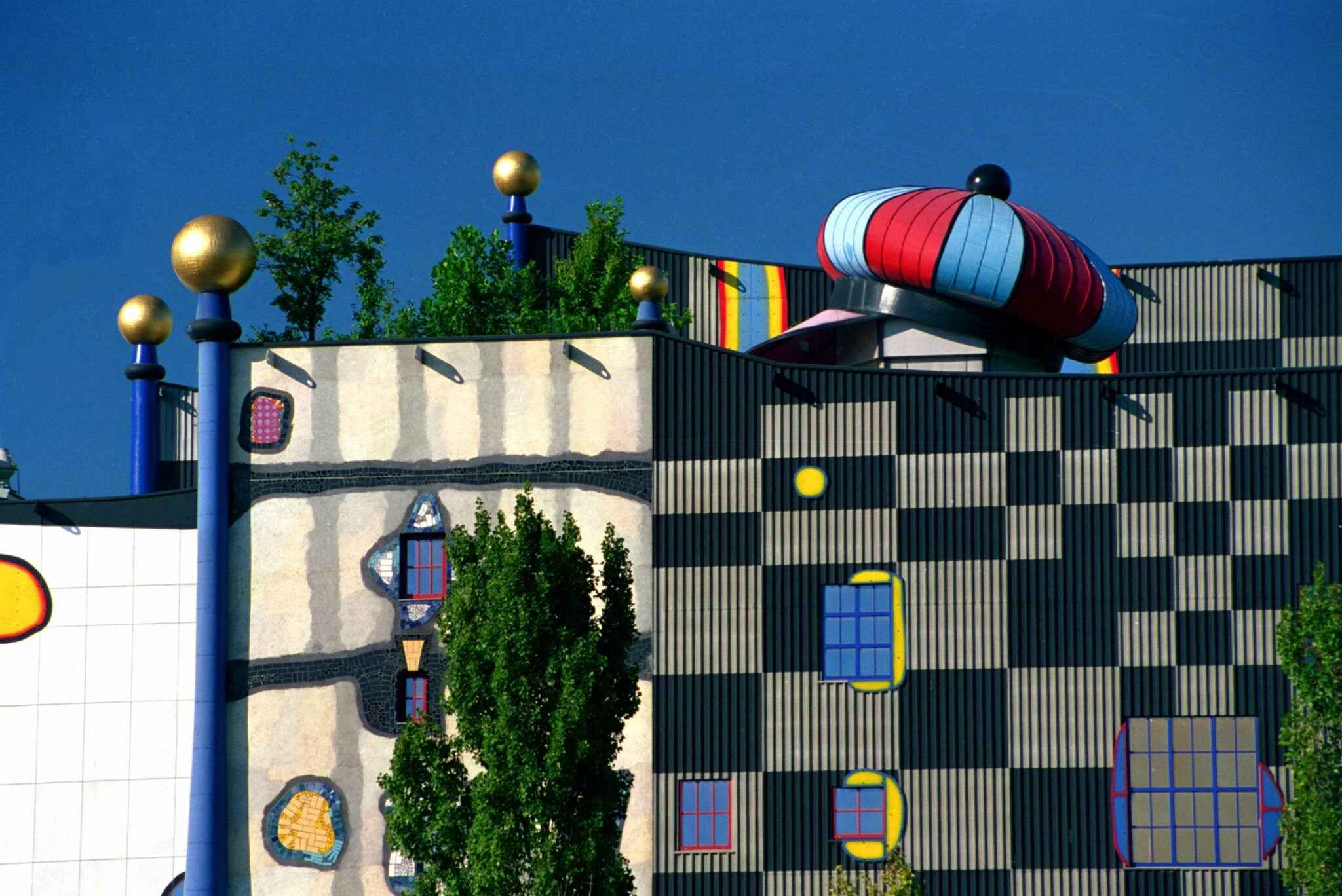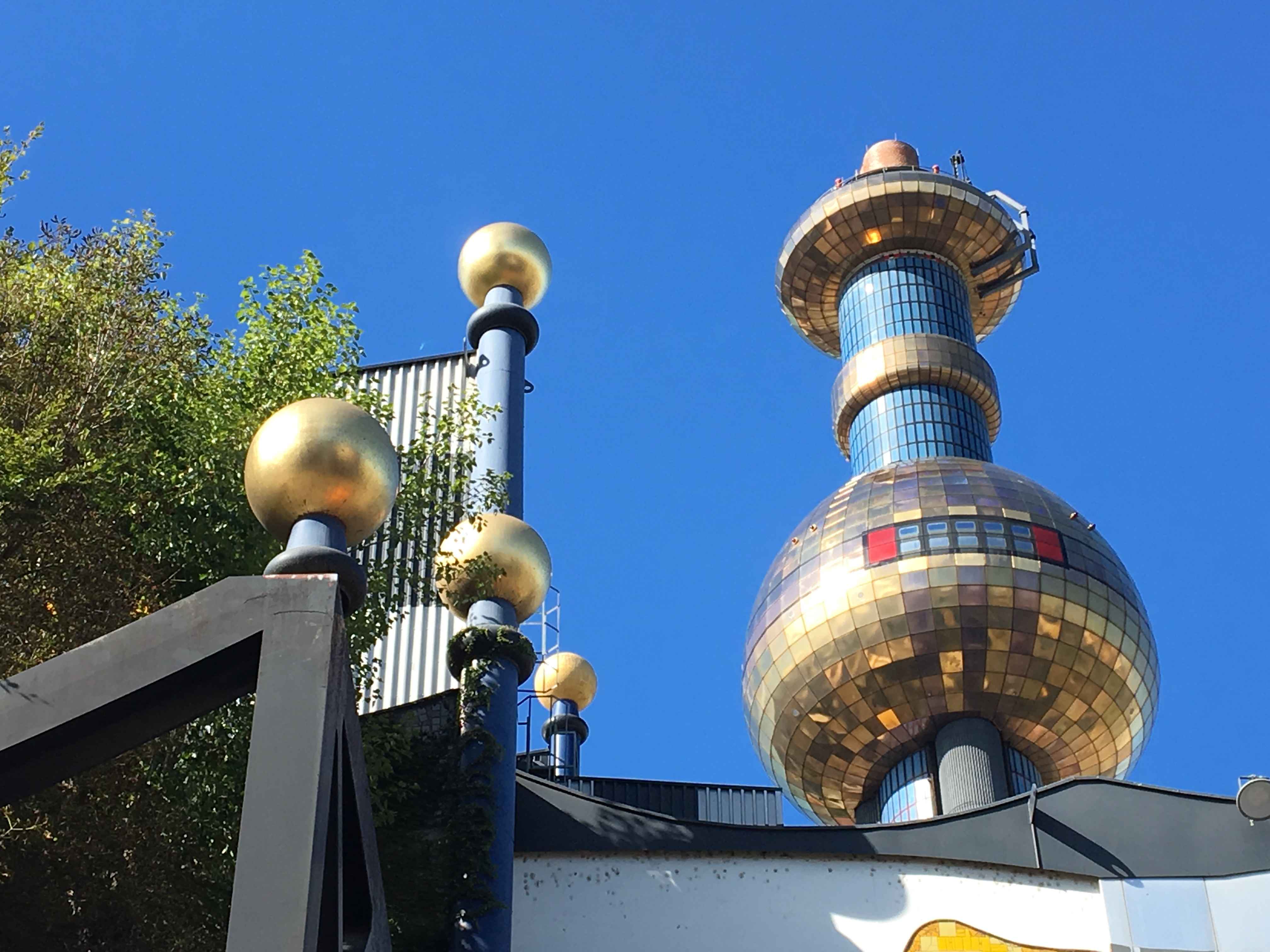Thessaloniki gets ready for its metro launch in November
The underground rapid transit lines have been under construction for almost two decades due to various project delays
 TheMayor.EU logo
TheMayor.EU logo The unique facility combines some of Vienna’s best features – practicality, sustainability and aesthetics
This year, the Austrian capital’s Hundertwasser power plant, also known as the Spittelau Incinerator, celebrates its 50-year anniversary. The eccentric-looking waste incineration plant is one of the major tourist attractions in Vienna, while also being a symbolic representation of some of the best qualities of the city – practicality, sustainability and aesthetic quality.
An incineration plant is a facility that generates energy, through burning garbage. In the best cases, it solves multiple issues simultaneously. On the one hand, it finds a practical disposal method for a city’s waste and on the other, it supplies households with energy, that is generally considered relatively clean. Although the second half of that equation varies from plant to plant.
 A full view of the Spitelau Plant, Source: Wien Energie
A full view of the Spitelau Plant, Source: Wien Energie
Vienna currently has four waste incineration plants and the most famous one – the Hundertwasser plant turns fifty this year. The facility is located near the Danube Canal in Spitelau, a mere 10-minute drive from the centre of the city. Its unique façade has made it one of Vienna’s most beloved tourist attractions.
The Incinerator began working in 1971, however, much of the facility was destroyed in 1987 due to a fire. The damages accounted for roughly 74 million euros in today’s money. However, instead of levelling the whole installation, local authorities decided to reconstruct it since all the residual infrastructure for running a waste incineration plant was already there.
Furthermore, in 1988, the city offered the Austrian-born architect, painter and eco-activist Friedensreich Hundertwasser a chance to turn the plant into a work of art. At that time, the artist was a member of the Green Party and his condition for taking the job was that the new facility would be the best use of the city’s waste after it has already been produced. After consolations with experts, he agreed to take the job.

The Spitelau plant has an abundance of details one would rarely see on a building,
Source: Wien Energie
The new façade of the incinerator was completed in 1992. Every year, the Spitelau Incinerator burns 250,000 tonnes of waste. It produces electricity for 50,000 households and heat for over 60,000. To ensure that the fumes from the plant are as sparing as can be for the environment, the facility is equipped with a complex filtration system. Consequently, the plant meets the highest ecological standards.

Hundertwasser's additions to the functional structure of the plant offer a unique take
on what functional buildings could look like,
Source: EurocommPR
Meanwhile, the Hundertwasser multi-coloured façade, golden globe on the chimney and green roof with trees have turned the Spitelau plant into a unique example of late 20th-century architecture. The artist himself called it a monument to a better future - quite a contemporary sentiment considering the climate crisis.
Vienna is a city famous for its unique imperial architecture, traditionally covered in ornate decorations. The Hundertwasser is not a prime example of what people have come to expect from the Austrian capital. However, its unique combination of practicality and style make it stand out as a great example of what the city is all about.

The underground rapid transit lines have been under construction for almost two decades due to various project delays

Now you can get your wine in Talence by paying directly in Bitcoin

That’s because the state has to spend money on updating the railway infrastructure rather than subsidizing the cost of the popular pass

Rethinking renewable energy sources for the urban landscape

The examples, compiled by Beyond Fossil Fuels, can inform and inspire communities and entrepreneurs that still feel trepidation at the prospect of energy transition

Now you can get your wine in Talence by paying directly in Bitcoin

The 10th European Conference on Sustainable Cities and Towns (ESCT) sets the stage for stronger cooperation between the EU, national and local level to fast track Europe's transition to climate neutrality.

At least, that’s the promise made by the mayor of Paris, Anne Hidalgo

The underground rapid transit lines have been under construction for almost two decades due to various project delays

At least, that’s the promise made by the mayor of Paris, Anne Hidalgo

Hostal de Pinós is located in the geographical centre of the autonomous region

Despite its church-y name, the district has long been known as the hangout spot for the artsy crowds

Urban dwellers across the EU are having a say in making their surroundings friendlier to people and the environment.

Forests in the EU can help green the European construction industry and bolster a continent-wide push for architectural improvements.

Apply by 10 November and do your part for the transformation of European public spaces

An interview with the Mayor of a Polish city that seeks to reinvent itself

An interview with the newly elected ICLEI President and Mayor of Malmö

A conversation with the Mayor of Lisbon about the spirit and dimensions of innovation present in the Portuguese capital














